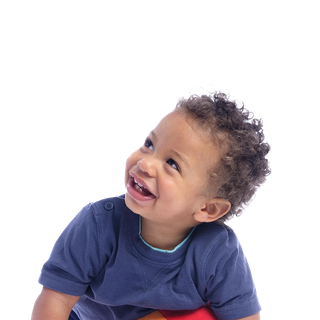Safer sleep
It's lovely to have your baby with you for a cuddle or a feed, but it's safest to put them back in their cot before you go to sleep.
The safest place for your baby to sleep for the first 6 months is in a cot, lying on their back, in the same room as you.
What does my baby need to sleep safely?
There's no need to buy lots of expensive products, your baby just needs a few essentials.
Co-sleeping with your baby
It's always safer to let your baby sleep in their own cot or Moses basket in the same room as you.
However there may be times when you do share the bed with your baby, so it's important to know how to do it safely and when to avoid co-sleeping with your baby.
When is co-sleeping not safe?
You should never co-sleep with your baby if you are extremely tired, or your baby has a fever or any signs of illness.
It is not recommended to co-sleep with your baby if they were born premature (before 37 weeks) or had a low birthweight (less than 2.5kg or 5.5lb).
Falling asleep on a sofa or chair with your baby can increase the risk of SIDS substantially.
Co-sleeping is not safe if you (or your partner) have been:
- smoking
- drinking alcohol
- taking recreational drugs
- taking any medication that causes drowsiness
Tips on co-sleeping more safely
If you do share the bed with your baby, it's recommended to:
- make sure your baby cannot fall out of bed, or become trapped between the mattress and wall
- keep pillows, sheets and blankets away from your baby (baby sleeping bags are safer)
- not let other children or pets in the bed at the same time
- always put your baby to sleep on their back
